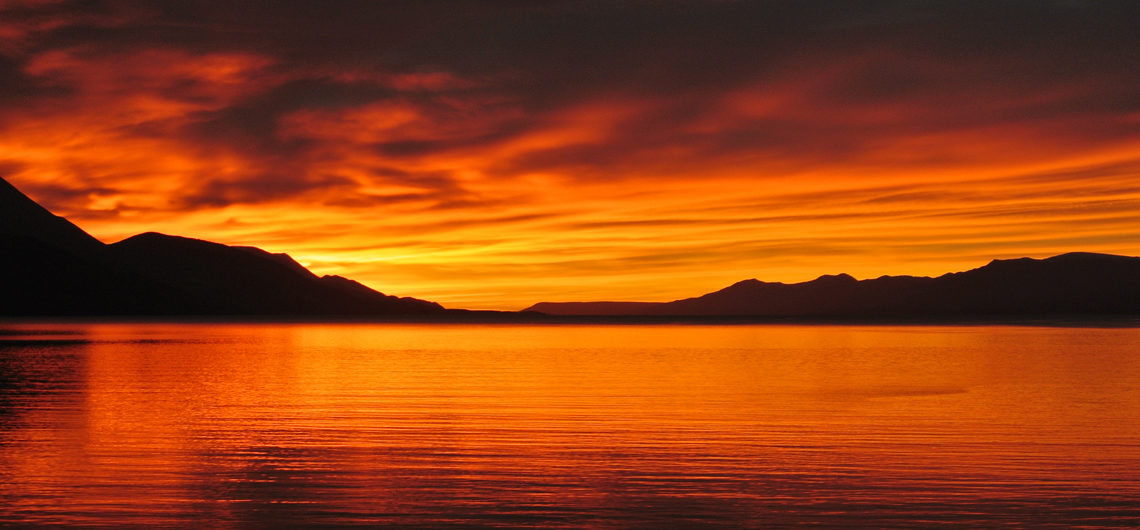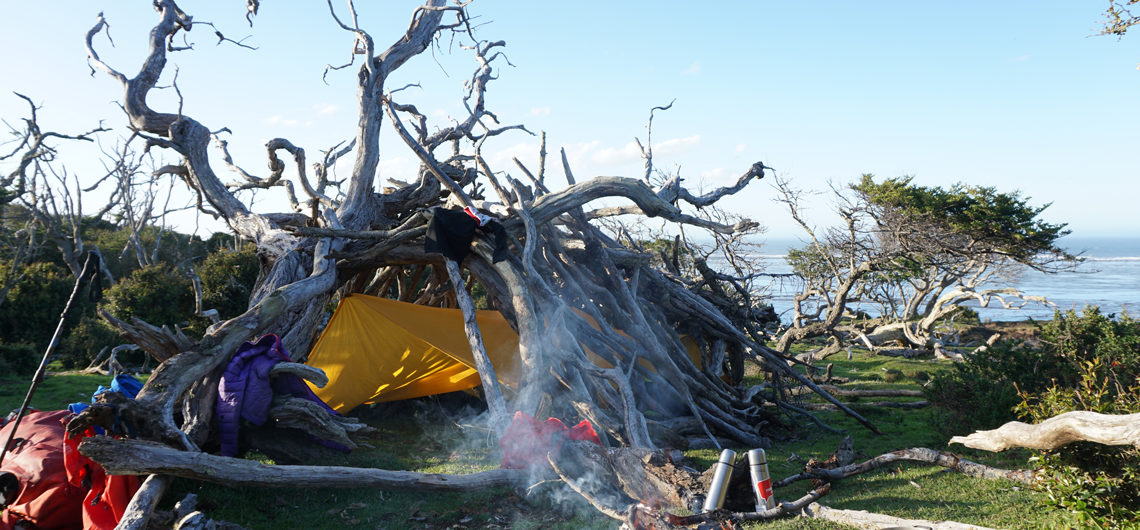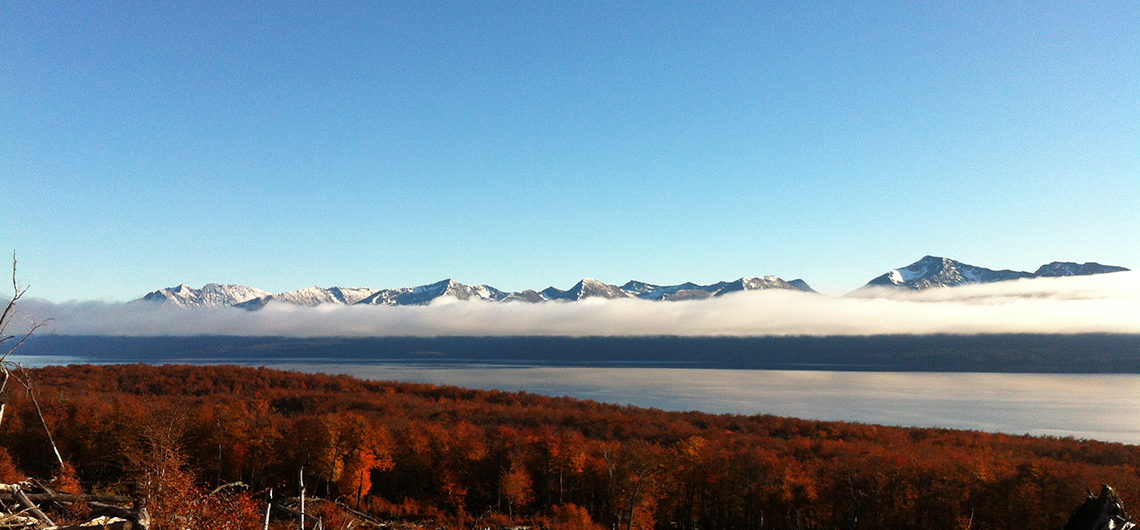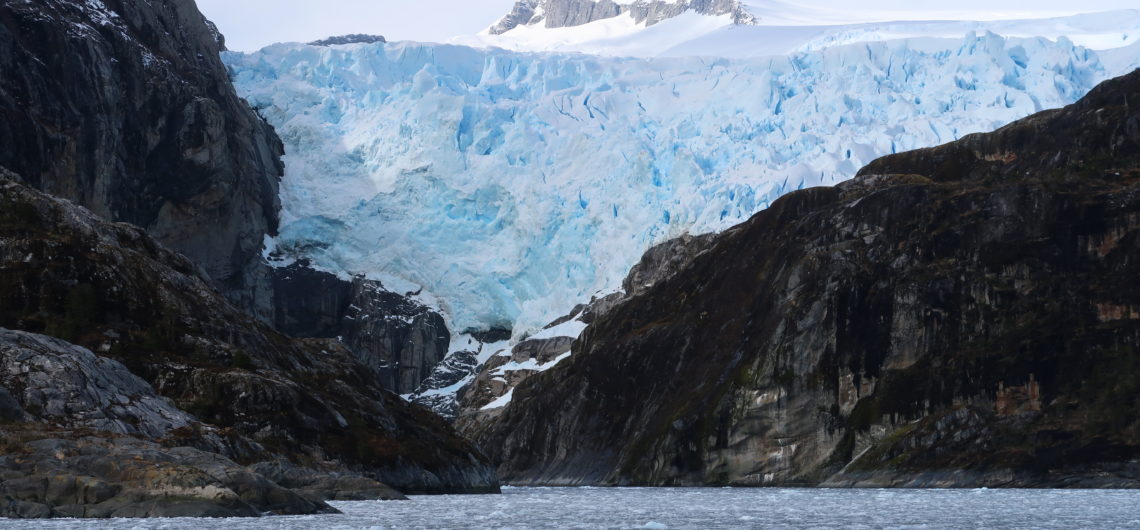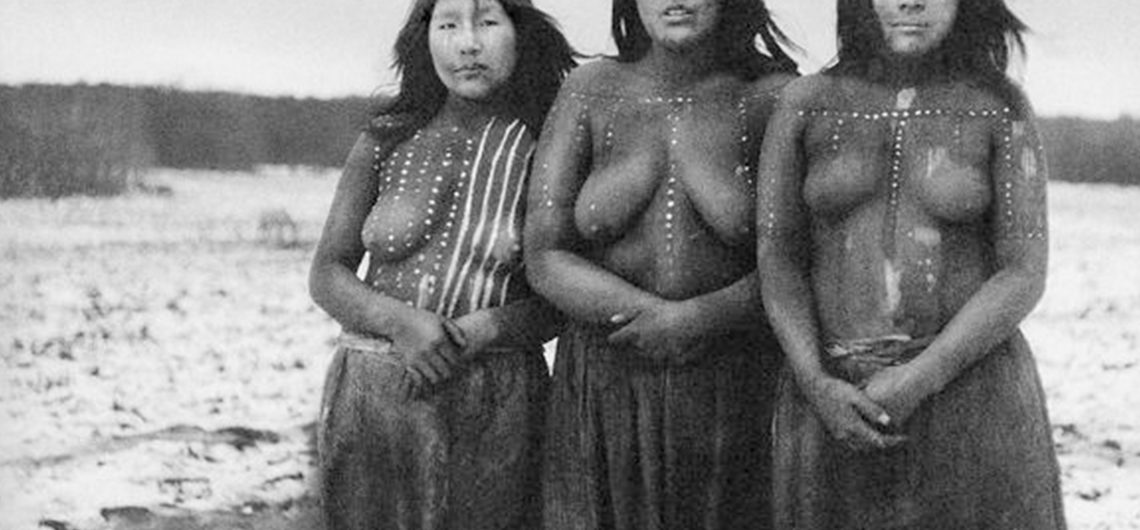Ushuaia and Tierra del Fuego are characterized by splendid sunrises and sunsets. In summer, as the days are very long, it is easier to see and enjoy the sunsets. In winter the bright sunrise will surprise you. We can organize all our excursions so that you can enjoy these unique moments.
Tierra del Fuego is a universe in itself, a universe that goes far beyond Ushuaia and what we imagine. In an area of more than 48,000 square km, the Isla Grande (big island) offers a variety of landscapes and ecosystems that few tour companies take advantage of. Ushuaia, with its image as the southernmost city in the world and its spectacular surroundings is a must… And it is worth adding other itineraries to the usual circuits, for those who seek to feel the end of the world. Our tours will let you know virgin, isolated and still unknown spaces of southern Patagonia. You will walk following the steps of the natives who populated the island, of the explorers and adventurers who sailed in its waters and of the first European and Argentine settlers.
Discover the authentic Tierra del Fuego with us.
Autumn is one of the most beautiful but also the most affordable season regarding airfares, accommodation offers and local tourist services. Between late March and April, the lenga (southern beech tree) and ñire tree forests offer a palette of colors ranging from orange to burgundy red. Snow-spread mountains are usual in the morning. The climate is pleasant: this season is much less windy than summer and there are beautiful sunny days… Also the first snowfalls arrive. Ushuaia is quieter and you can still make all the tours.
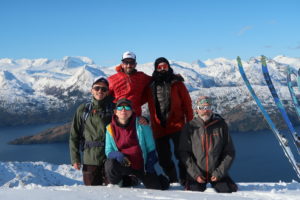
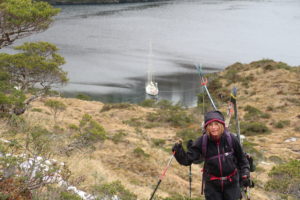
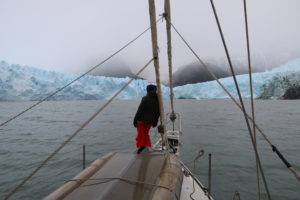
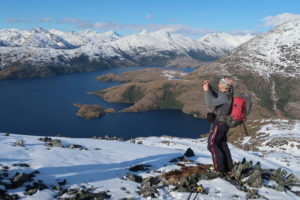
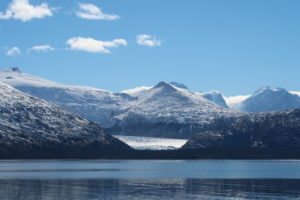
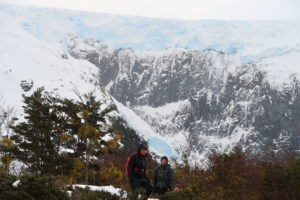
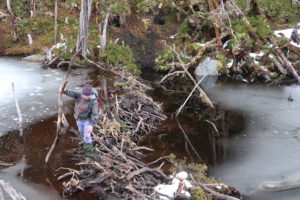
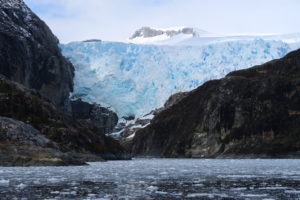
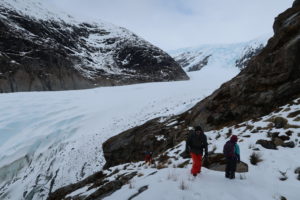
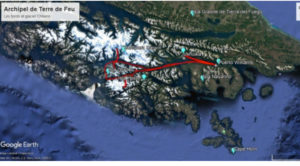 We’ll share a sailing trip with friends on the Kikilistrion in the Chilean channels of Tierra del Fuego, near the fabulous Darwin Mountain Range. This place is as hostile as it is wonderful. It is a mythical place for all the mountaineers of Tierra del Fuego and the whole world. Very few trips and expeditions take place there. Actually in spite of living so close to this incredible place, few fuegians have the chance to get to know it and even less to be able to step on its virgin coasts. At present, tourism along the Chilean channels is only possible on the Australis cruise ship, which makes regular trips between Ushuaia and Punta Arenas, or some sailing boats. Human presence on the shores is limited to a few fishing boats and small military detachments. The mountains and forests are virgin and only inhabited by beavers and many species of birds. It is best to access by boat and in small groups to be able to anchor in the coves according to your wishes at the moment… skiing or walking. On foot, you will cross peat bogs and reed beds, walk over beaver dams, go into dense green and humid forests covered with ferns, lichens and mosses and end up at the foot of glaciers coming down the mountain as if they were waterfalls. Huge tongues of ice cover the mountain peaks over 2000 meters high and slide into the lakes or end up in the sea. You will hear the rumble of the ice blocks collapsing and falling. Being able to ski the slopes of such remote mountains is a dream for snow and glacier lovers. A dream that you will soon be able to fulfill with the only ski touring agency: Backcountry Patagonia, which will open up new horizons for skiing touring from Tierra del Fuego to the Darwin Mountain Range next winter. A trip between sea and mountains, ideal for adventurous fans willing to combine discovery with adrenaline. At night, silence is golden, you can only hear the sound of the wind in the ship’s wind turbine. The full moon illuminates the snowy mountains and you will be connected only to the spectacle of a star-filled sky. What else can we say! … The Darwin Range is waiting for you and it is worth defying seasickness.
We’ll share a sailing trip with friends on the Kikilistrion in the Chilean channels of Tierra del Fuego, near the fabulous Darwin Mountain Range. This place is as hostile as it is wonderful. It is a mythical place for all the mountaineers of Tierra del Fuego and the whole world. Very few trips and expeditions take place there. Actually in spite of living so close to this incredible place, few fuegians have the chance to get to know it and even less to be able to step on its virgin coasts. At present, tourism along the Chilean channels is only possible on the Australis cruise ship, which makes regular trips between Ushuaia and Punta Arenas, or some sailing boats. Human presence on the shores is limited to a few fishing boats and small military detachments. The mountains and forests are virgin and only inhabited by beavers and many species of birds. It is best to access by boat and in small groups to be able to anchor in the coves according to your wishes at the moment… skiing or walking. On foot, you will cross peat bogs and reed beds, walk over beaver dams, go into dense green and humid forests covered with ferns, lichens and mosses and end up at the foot of glaciers coming down the mountain as if they were waterfalls. Huge tongues of ice cover the mountain peaks over 2000 meters high and slide into the lakes or end up in the sea. You will hear the rumble of the ice blocks collapsing and falling. Being able to ski the slopes of such remote mountains is a dream for snow and glacier lovers. A dream that you will soon be able to fulfill with the only ski touring agency: Backcountry Patagonia, which will open up new horizons for skiing touring from Tierra del Fuego to the Darwin Mountain Range next winter. A trip between sea and mountains, ideal for adventurous fans willing to combine discovery with adrenaline. At night, silence is golden, you can only hear the sound of the wind in the ship’s wind turbine. The full moon illuminates the snowy mountains and you will be connected only to the spectacle of a star-filled sky. What else can we say! … The Darwin Range is waiting for you and it is worth defying seasickness.
Located at the southern end of Latin America, 1000 km from the Antarctic Peninsula and 150 km from Cape Horn, the Isla Grande de Tierra del Fuego (Big Island of Tierra Del Fuego) has been shared by the Republics of Chile and Argentina since their independence. Several native peoples have lived in Tierra del Fuego long before the arrival of the first European explorers and missionaries. Hunters – gatherers from the continent would have crossed the Strait of Magellan, still frozen some 9000 years ago. Probably being descendants of the Tehuelches from Patagonia, they evolved into 4 different ethnic groups: the Alacalufes and the Yamanas, who were the first navigators in the fuegian channels; and the Aush and Selk-Nam who were pedestrian nomads. Since the discovery of the Strait of Magellan in 1520, scientific exploratory expeditions followed one another, allowing the first attempts at evangelization. Gold prospectors, whalers and sealers arrived at the coasts of the South Atlantic and the Fuegian channels. Finally, Argentina occupied this remote region at the end of the XIX century by using different strategies of colonization in order to assert its sovereignty unquestionably. Very few of the descendants of these native peoples remain.

